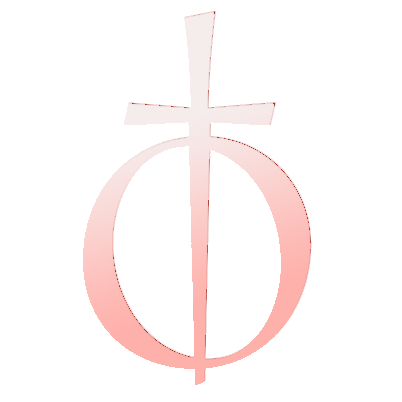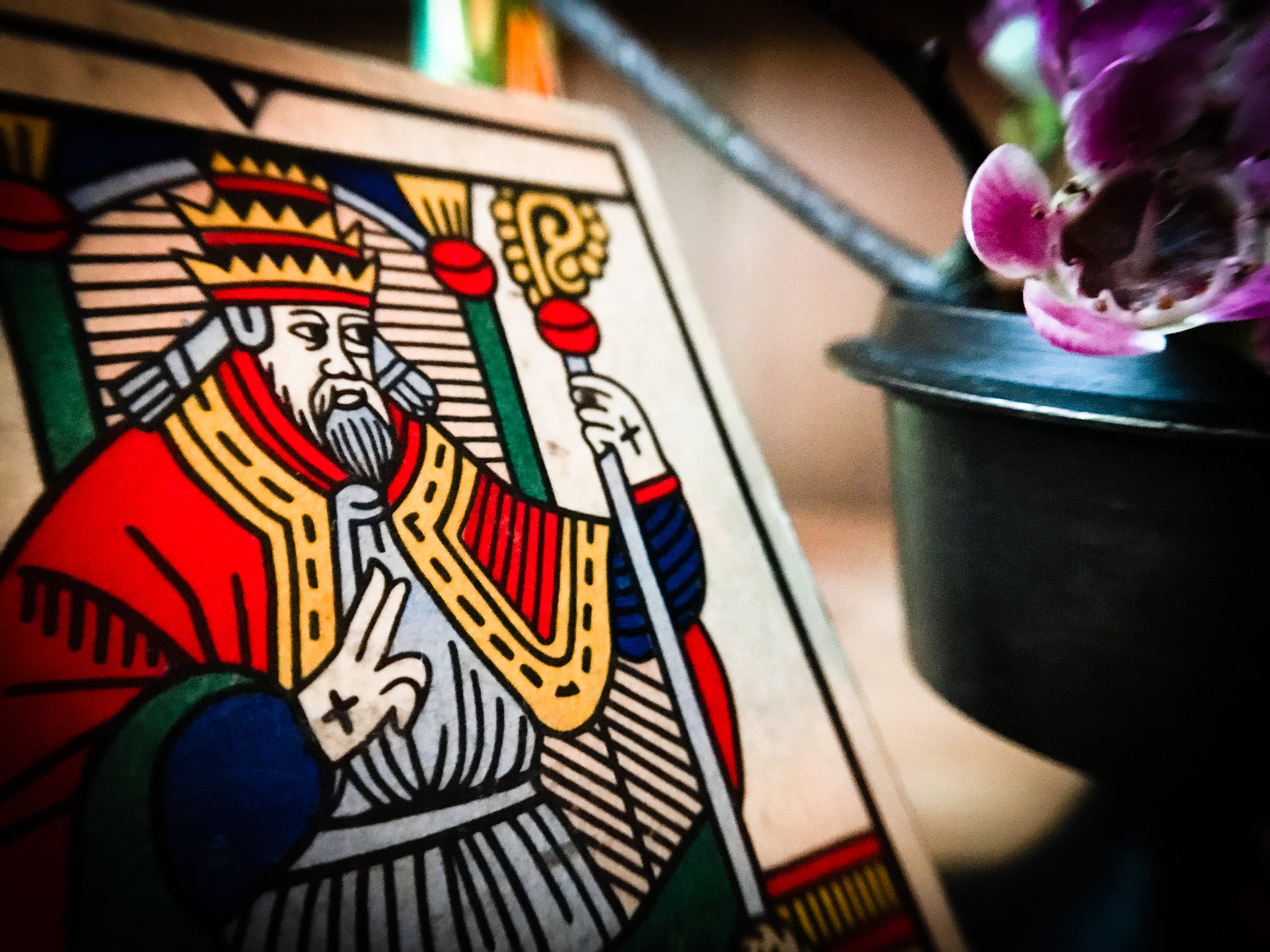Vertical and downward readings
We tend to think that a 3-card draw is to be read from left to right, or, if there’s strong motivation for it, from right to left. If symmetry is present, we can also start with the reading from the center card to the margins. In these approaches we follow a horizontal line.
But think about it: insofar as we operate with spatial metaphors, we can also read a 3-card string on the vertical, if we decide to place the cards on a vertical, rather than horizontal line.
When might we do this? Any time we want to mirror the metaphors in our questions. For instance, if we asked, ‘what can anchor my focus?’ we might as well use the metaphor of the anchor to represent the way we lay down our cards, namely on the vertical line, in order to suggest what the anchor does: stabilize a boat by mooring it to the sea bottom.
Let’s do this.
On my table I get these cards: the Hanged Man, the Pope & Justice
My focus can be anchored by a very anchor-looking Hanged Man pulled down by the gravity of the Pope and the solemnity of Justice.
I can anchor my focus by teaching fairness, the law, or the truth. In terms of what I’m doing already, it looks like there’s no contradiction between what I need to do to anchor my focus and what I desire within the context of my work. As my trade is teaching, in order to focus my work, all I need is to find my own true justice and teach from that core.
The intriguing part, however, is the Hanged Man, suggesting that when you go headlong into the just structure and method, without controlling the downwards movement as you didn’t hang yourself like that, you’re bound to reach a state of discernment by default. I’m not sure what this means, but I like it.
Think about the question you ask. Sometimes the question lends itself better to a layout that goes down, as it were, or in a circle, or makes a connection the cylinder way. For instance on the latter, I can connect Justice’s left leg with the Hanged Man’s left leg, as they have the same bending, the only difference being in the fold of the dress that reveals the leg of Justice.
If I’m adventurous, I might even qualify my judgment about my focus by saying that it is on legs. How do I step down and not just on it in my work? Will I pin my focus on the left leg dangling, or the one that’s straight or firm under the foldings of my dress? What of my feet, if they’re the Pope’s? There’s a tradition that casts the Pope’s disciples in the act of devotion that has to do with the kissing of master’s feet. How do I think of my own feet? Are they worthy of being kissed beyond fetishization, or are they being pulled by other forces?
I could go on, but suffices it to say that by placing the cards in a sympathy relation to the question asked can yield unexpected insights.
As per our Read like the Devil tenets and principles, we read metaphors in context, both the cultural and the visual. We follow lines, folds, colors, and orientations. We don’t apply these principles only so that we can enjoy deconstructing the cards. We apply them to also deconstruct spreads, the guiding philosophy still being captured in this question: what do we see, and how does that make us think further?
*
The art of reading
I laid out some of the principles of reading like the Devil in my first introduction to the Marseille Tarot. The books that followed developed further the tenets here, but this one remains a classic.




